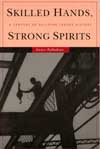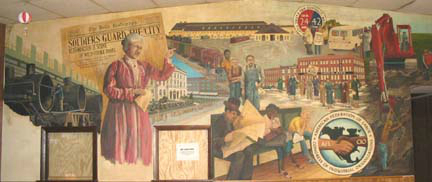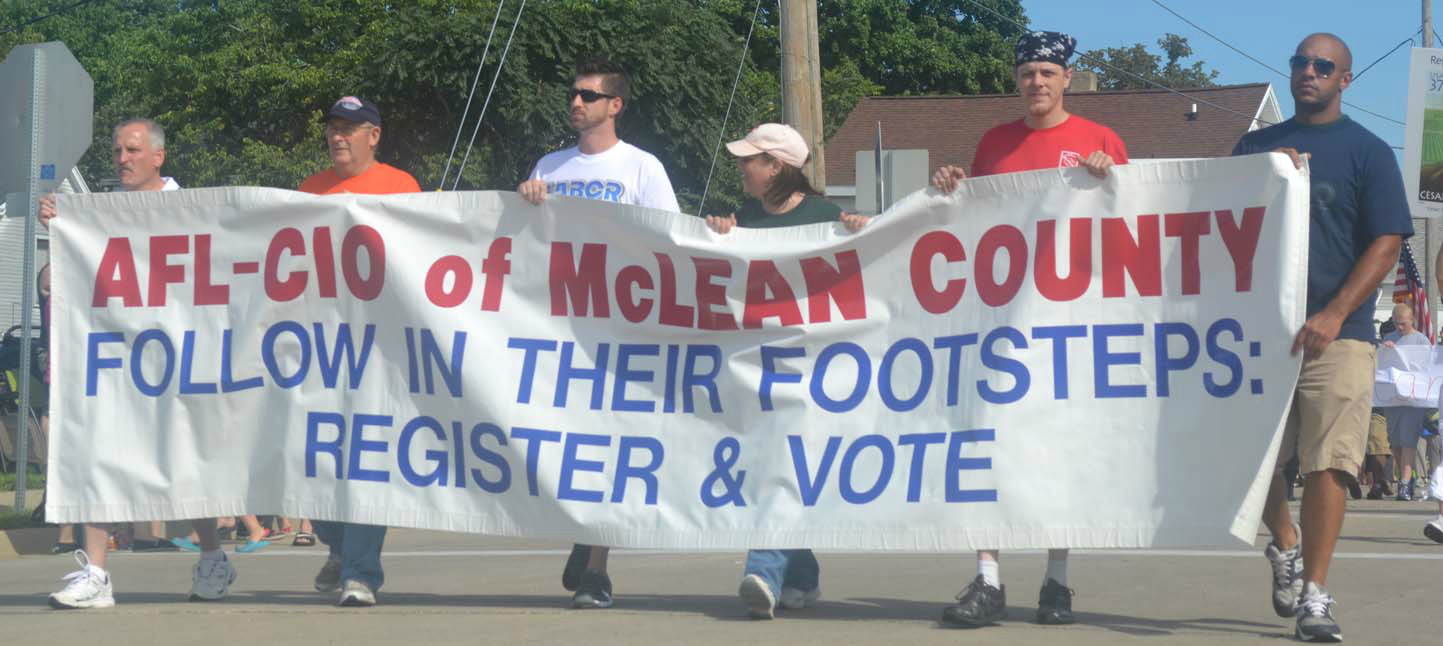
|
|
Skilled Hands, Strong Spirits: A century of Building Trades History
by Grace Palladino
Cornell University Press
ISBN 978-0-8014-7414-9
Reviewed by Mike Matejka
Almost every construction trades worker has been at a union meeting or on the job where that infamous word “jurisdictional dispute” has arisen.
Two trades, or sometimes even three, claim the same task on a construction site. One trade claims “we’ve always done that here” but the other trades invokes that “we do this work everywhere else.”
The building trades’ diverse unions have a unique gift. Each union has specialized skills that it has honed and trained its apprentices too, able to perform that work efficiently and with quality.
At the same time, having ten or more different trades on a job site can lead to inter-trade friction.
That dynamic that plays out on the job also has played out historically. The AFL-CIO’s Building & Construction Trades Department (BCTD)was formally established in 1908, after multiple attempts to unify the construction trades. It took the AFL to finally bring them under one roof.
Throughout its history, various unions have left the BCTD over jurisdictional and other disputes. Today the Carpenters are not in the BCTD and historically, they have been in and out at different times. When they are in they’ve been a leader and important cornerstone for trade unity.
Not only has the BCTD wrestled with jurisdictional disputes and trying to find a satisfactory mediation system, the organization has also done much to improve workers’ lives.
During the 1930s, establishment of prevailing wages, first through the federal Davis-Bacon Act, gave construction workers a firmer floor to stand on. Prevailing wages are standard wages for an area, preventing bidders on publicly-funded jobs from undercutting workers to gain work.
Government-funded jobs at prevailing wages helped the trades establish local footholds. World War II labor shortages not only found building trades workers overseas in the Seabees and other military groups, but in high demand as the war economy’s tight labor market allowed unions to more firmly control local markets.
Through the 1950s and 1960s the Building Trades reigned comfortably; the 1960s Civil Rights movement forced many trades to diversify, creating cultural tensions and bringing conflict with governmental agencies. Even more challenging, the 1970s Business Roundtable movement brought a renewed “open shop” era where many areas saw their union work plummet.
Since then the Trades have tried unified organizing drives, renewed apprenticeship programs and diversity efforts to change with the times.
Institutional histories are difficult to write; it’s easy to get caught up in personalities or the spider web of intrigue and behind the scenes deals.
Pallidino, however, handles this with grace and an over-arching view of the story. What is most striking about this fine book is how often the same challenges repeat. Arguments over jurisdiction, rebuilding the trades in a city and the love-hate relationship with government recur. Anyone who has spent time on a construction site or a newly elected local trades officer would learn much from this very readable volume.
|



